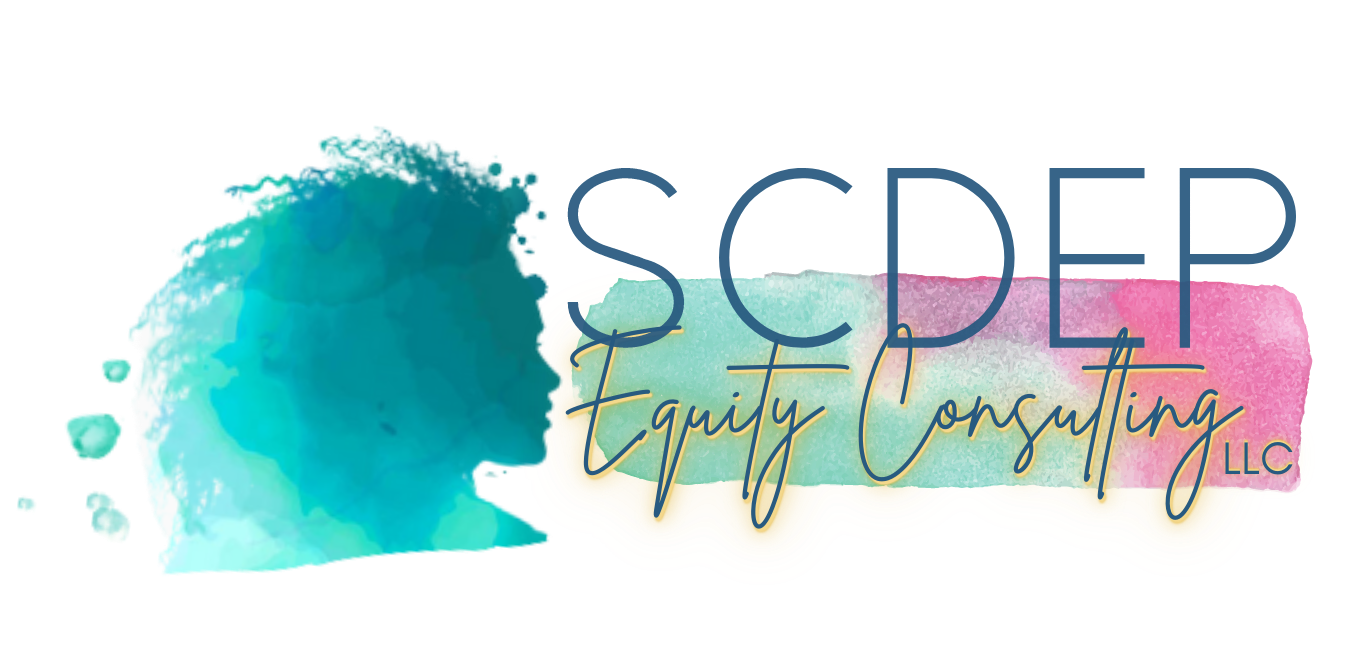CRT? Which one do you Mean?: Understanding the Difference Between Cultural Responsiveness Teaching and Critical Race Theory
Lately, there has been a large debate on the non-educational and educational world about the trendy CRT. I chuckle a little as I hear well-intentioned people discuss the problems with Culturally responsive Teaching instead of Critical Race Theory, confusing the two educational concepts. Despite the many arguments between both of these topics, I have yet to hear a well educated argument against either term. To complicate matters even further, ethnic studies have also entered the debate as well for those who oppose both CRT’s. At this point, any mention of history or education about the most marginalized people is in debate all over the nation. I would love to have a healthy and educated dialogue with someone who is opposed to all three educational concepts, but I have a feeling many people haven’t done their research. According to a recent study conducted by Reuters/Ipsos, five percent of the 43% of American’s within the poll who said they were familiar with the term Critical Race Theory answered all seven answers correctly. It is no wonder that there is a large debate and even legislation over whether Critical Race Theory should be taught in schools.
Although I am not here to debate the full argument of this particular CRT in classrooms, I do feel like more educated debates should be conducted on a national level surrounding this topic. I would, however, like to discuss the confusion between Culturally Responsive Teaching and Critical Race Theory. By definition, Culturally Responsive Teaching is defined as incorporating a student's culture into their learning experiences. A large example of this is gathering more Latinx historical and modern materials into lesson plans to allow Latinx students to connect to their culture while learning content. Somehow, because of the hot debate about the Critical Race Theory, which by the way, is typically not taught in the average school, we now have the larger population disagreeing with Culturally Responsive Teaching. Whether you agree or disagree with the Critical Race theory, which again, is typically not taught in schools, one must agree that they should modify school content to fit the diverse population of students. If we were to apply this same concept to another field like business, it would make more sense. For example, a company in the 1950’s marketed their detergent to stay-at-home mothers because of the large population of women that cleaned clothes for their family. Fast forward to 2021 and you have detergent companies with every human cleaning clothes, their marketing changed because of the change in their targeted population. Similarly, the demographics of our students in education are more diverse than it has ever been, therefore, we must change the content learned to fit the targeted population, simple analytical skills.
I will say that this is the first time in history that there have been discussions about the state of our nation on such a large scale, we can thank social media for that. Prior to social media, there were not controversial debates with such a diverse socioeconomic, racial and the diverse political group in this capacity. With this surge of active involvement with so little time to actually educate and research specific educational topics, we are becoming a misinformed nation that can hinder the education of many of our students. There has been countless research on the positive effects of ALL students learning about different cultures and embracing those differences as assets. Since students will eventually become adults and venture into the real world where there is diversity, it behooves them to understand the background and culture of other people. It simply makes you a better human. So why would anyone disagree with this research? I truly believe it is not due to the ill will of most Americans that disagree with either CRT, I think it starts with being misinformed, and not taking the initiative to research. This stems from the average American not having even the most basic skills of critical thinking. This is why it is so important to teach critical thinking, so when there is a controversy similar to this recent one, we can dig up our research, empathy and evaluative skills learned from critical thinking and understand a topic completely. Whether our nation understands it or not, our diverse classrooms deserve a diverse education. Teaching about how racism is embedded in the systems of our nation and how it affects everyone will always be debated, but teaching a student about the great cultural attributes of our diverse population should not be up for debate.
References
https://journals-sagepub-com.unco.idm.oclc.org/doi/pdf/10.1177/00131245211026689



